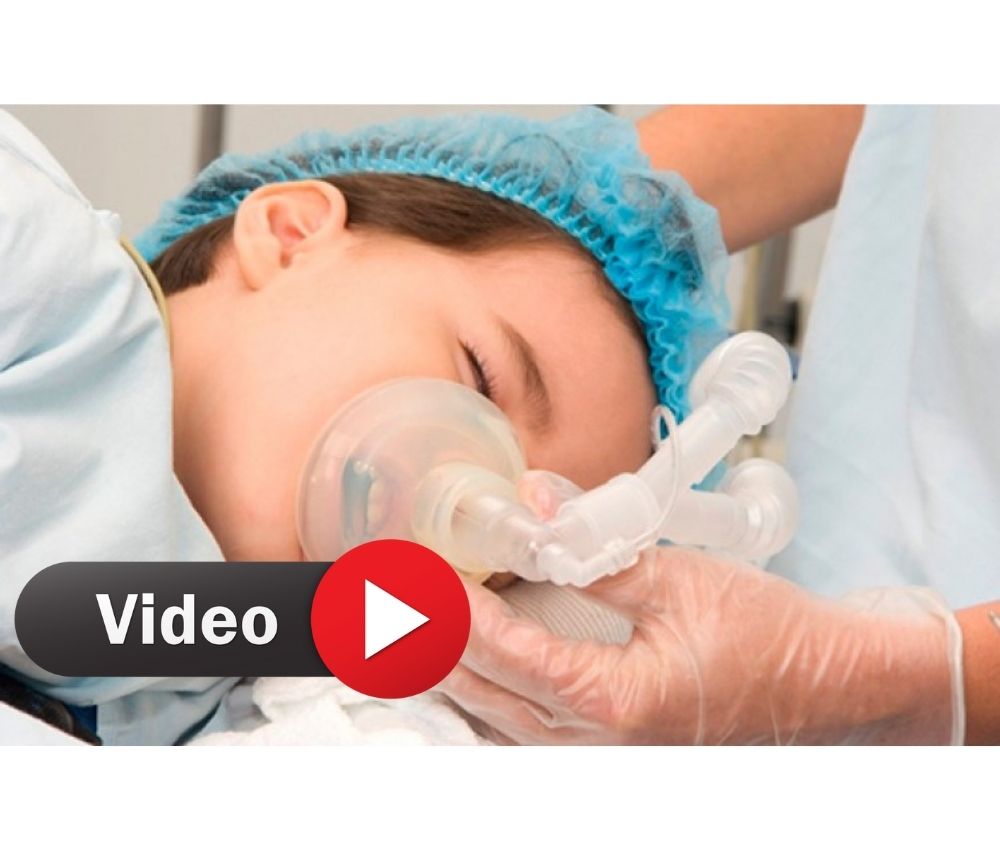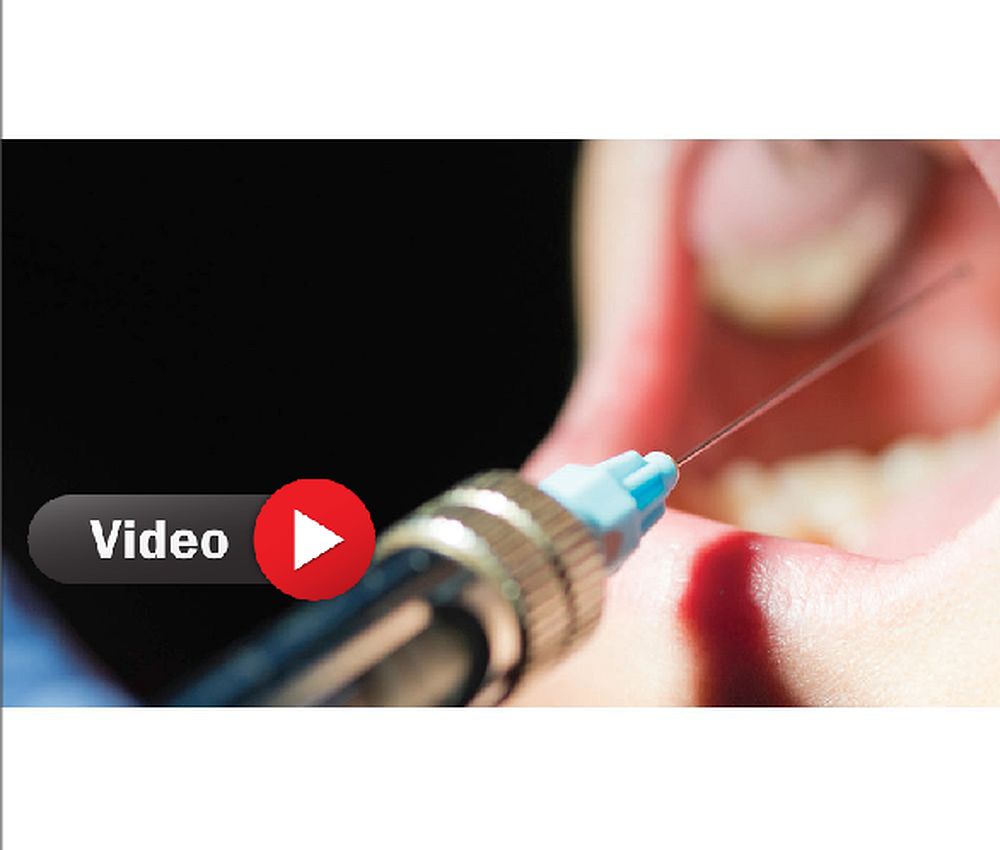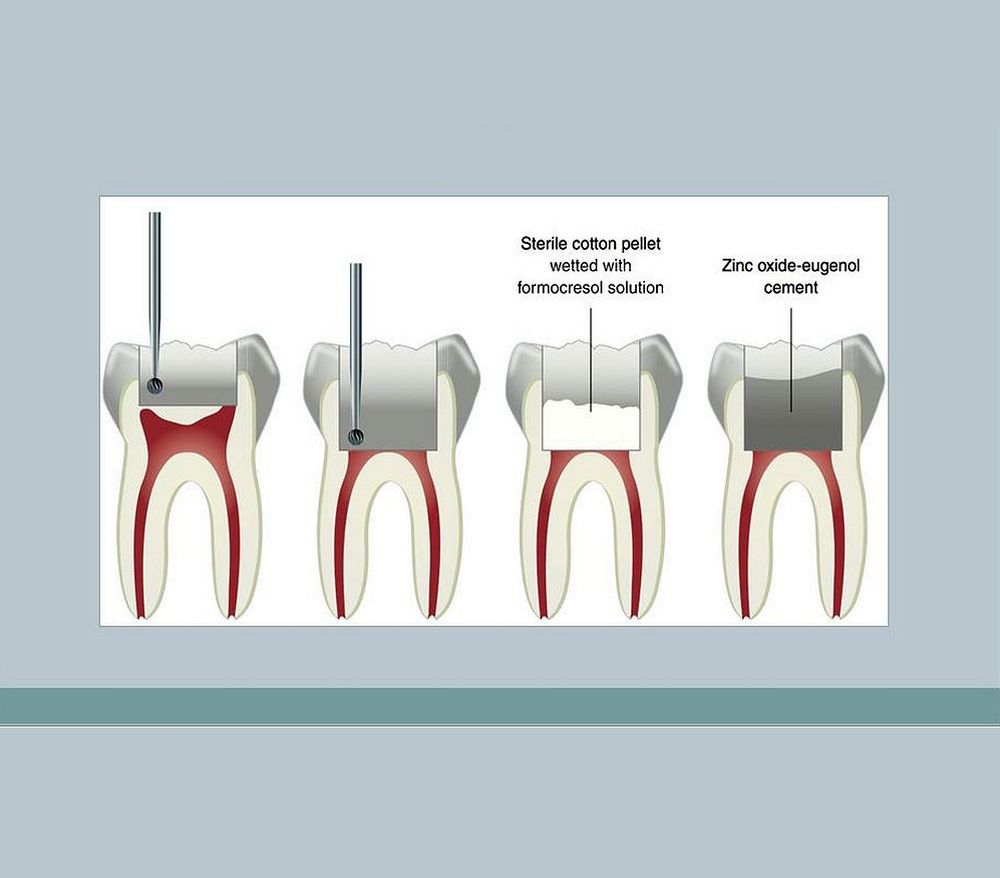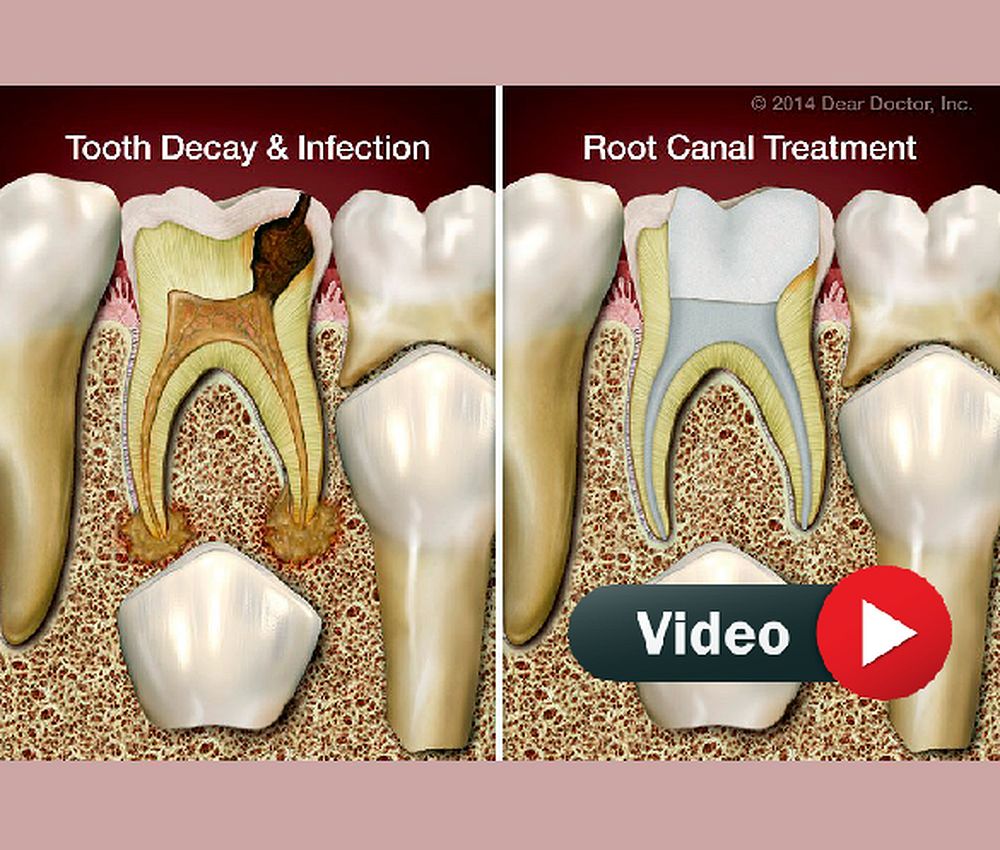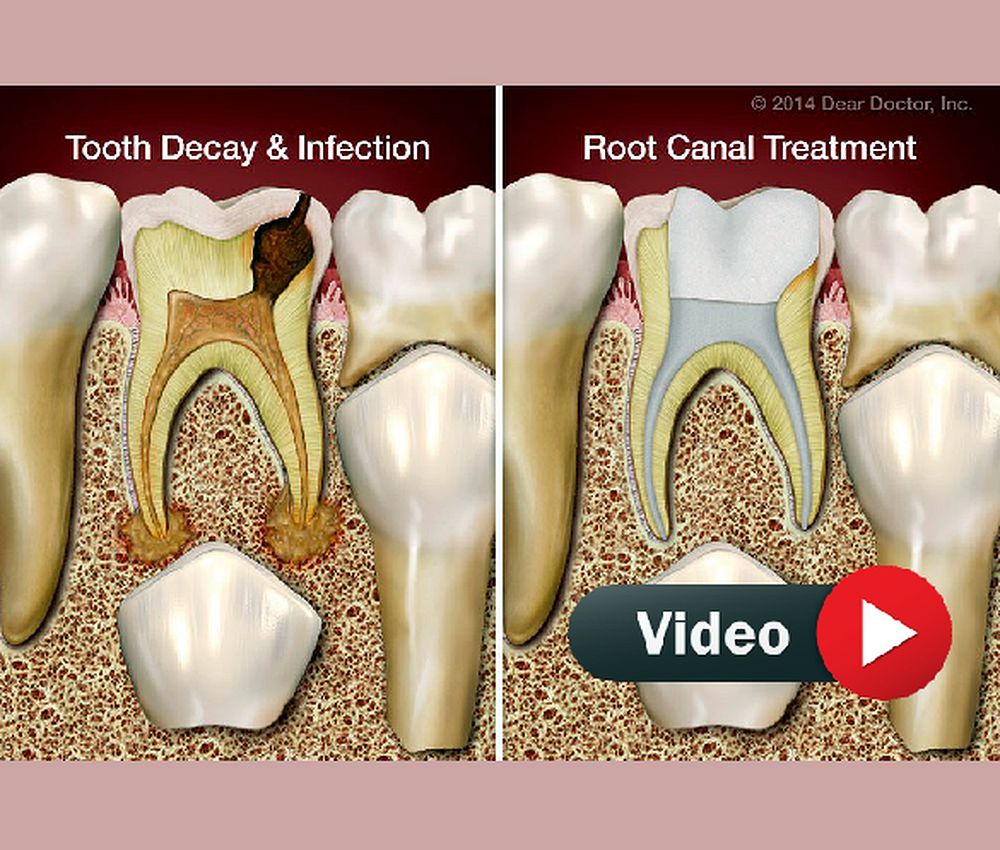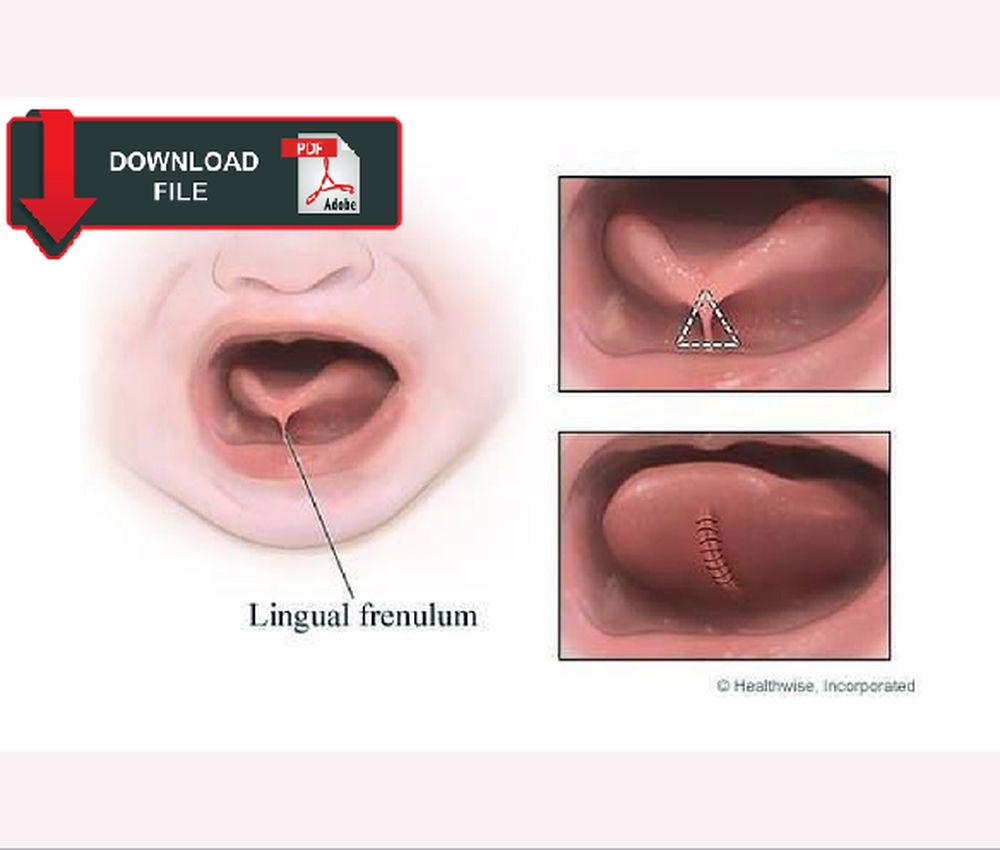Infections of odontogenic origin are those that are generated and evolve from a tooth, either by a process of pulpal or periodontal infection. These infections spread to other tissues and put the patient's life at risk.
The abscess and cellulitis are the manifestations of the progressive phases of the infectious process. It is important to know their differences, and the clinical and pharmacological management.
Advertisement
We share a clinical and pharmacological management manual for orofacial infections (abscess and cellulitis) of odontogenic origin in children.
RECOMMENDED VIDEO
Ludwig's Angina. Presentation of a pediatric case
Ludwig's Angina. Presentation of a pediatric case
Management acute orofacial infection of odontogenic origin in children 1° Edition. 2016. Oral Health Division Ministry of Health Malaysia.
You may also like :
► Pediatric Facial Swelling - A Guide to Radiologic Diagnosis
► Antibiotics and its use in pediatric dentistry: A review
► Antimicrobial therapies for odontogenic infections in children and adolescents






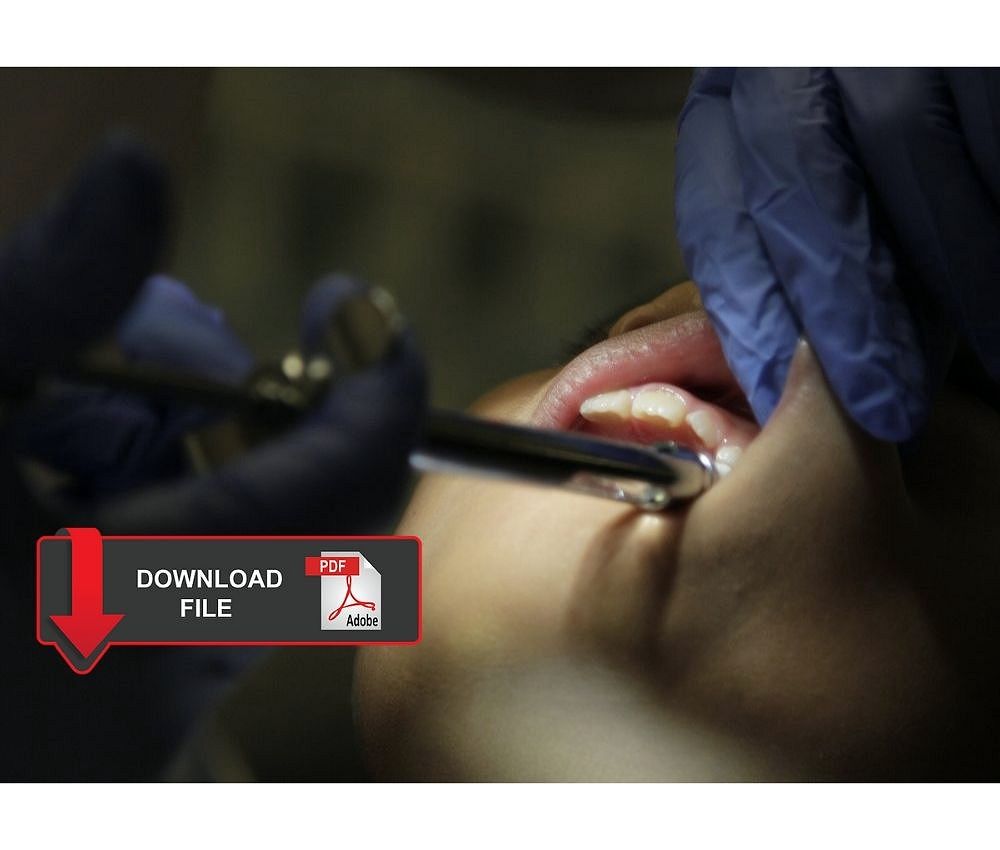
.jpg)

